Ofcom Reveals Key UK Mobile Network and WiFi Usage Trends
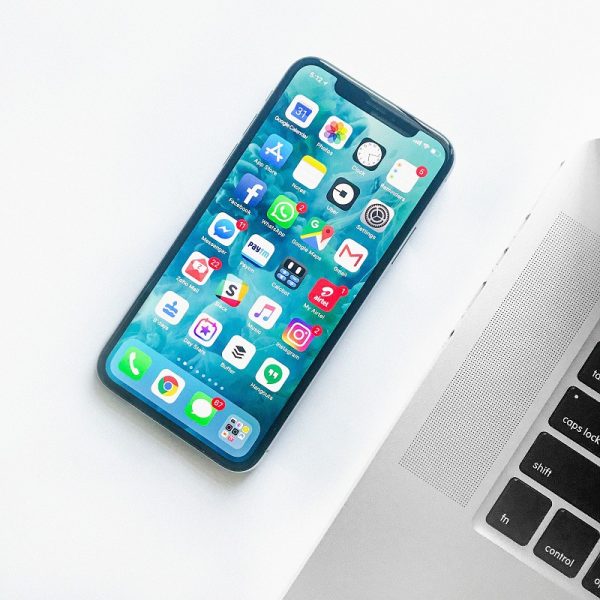
Ofcom and crowdsourced benchmark firm umlaut have examined a sample size of 200,000 Android using UK mobile users between January and April 2020 to identify key trends. For example, people were connected to 4G for 82% of the time in urban areas, but only 76% in rural ones (most of the rest was spent on 3G).
The new Mobile Matters report also found that, during the pre-lockdown research period, people using Three UK’s network continued to spend more time on mobile networks than those on EE, O2 and Vodafone (42% vs. an average of 33% for EE, O2 and Vodafone). However, people using EE’s network spent the highest proportion of time connected to 4G (87%), compared to those using Three UK who spent 73% of the time on 4G (EE does tend to have wider 4G coverage).
Despite this we all spend a lot of time at home or in an office, where a WiFi network is often available. Ofcom found that 65% of the time, devices were connected to Wi-Fi rather than to a cellular network. People in urban areas were slightly more likely than those in rural areas to be connected to Wi-Fi (66% vs. 64%). But, during the COVID-19 lockdown, 74% were connected to Wi-Fi instead of mobile broadband, due to being stuck at home.
Advertisement
Elsewhere the report found that there were no significant differences in failure rates for mobile connections between operators. On the other hand, analysis of performance in high-traffic areas shows that 3G and 4G connections were “almost twice as likely to fail” during peak times than at other times throughout the day.
Summary of Key Mobile Matters Results
* The average mobile call in the initial weeks of lockdown lasted 5 minutes and 26 seconds, which was nearly 2 minutes more than before the social and working restrictions began (3 minutes 40 seconds).
* Many people are not using their mobile for traditional calls at all. Ofcom’s data shows that 22% did not make or receive a single call on their mobile network in the first 11 weeks of the year. This can in part be explained by the rise of newer communications services such as WhatsApp, Zoom and others – whether for calls, instant messaging or group video calls.
* On average, people could use data services on 4G networks on 97% of occasions whenever they attempted to do so, with no significant difference by nation or rurality.
* The overall percentages for the reliability of 3G and 4G data services for the pre-lockdown period in 2020 were in line with the average figures for the similar period in 2019.
* On average, Wi-Fi response times (network latency in milliseconds) were half those of 4G connections (20ms vs 44ms), with no significant differences by rurality. The average response time on older 3G networks was higher, with significant differences by rurality (64ms in rural vs. 58ms in urban areas).
Mark is a professional technology writer, IT consultant and computer engineer from Dorset (England), he also founded ISPreview in 1999 and enjoys analysing the latest telecoms and broadband developments. Find me on X (Twitter), Mastodon, Facebook, BlueSky, Threads.net and Linkedin.
« North Yorkshire UK Targets 97% Superfast Broadband Coverage
ISP TalkTalk Opens £1.1bn UK Takeover Talks with Toscafund »






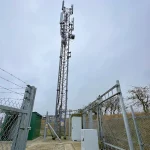


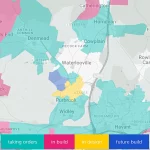



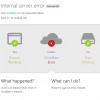


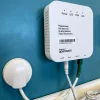






































I’m surprised 22% of people didn’t make a traditional on their phone. Most companies aren’t available on WhatsApp yet, etc.
Its clear these numbers are up to April, post this the call rate figures have increased as people have to call to get service, with lower f-f contact and that WhatsApp while great if you you the person is of no use for one of calls or calls to get service from a company.